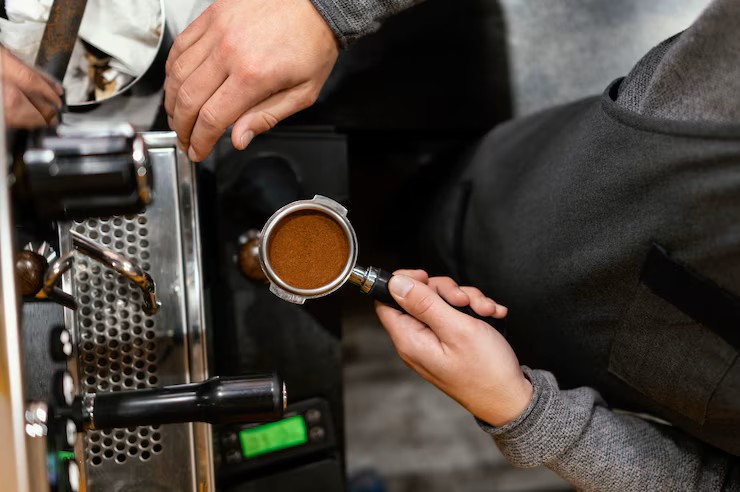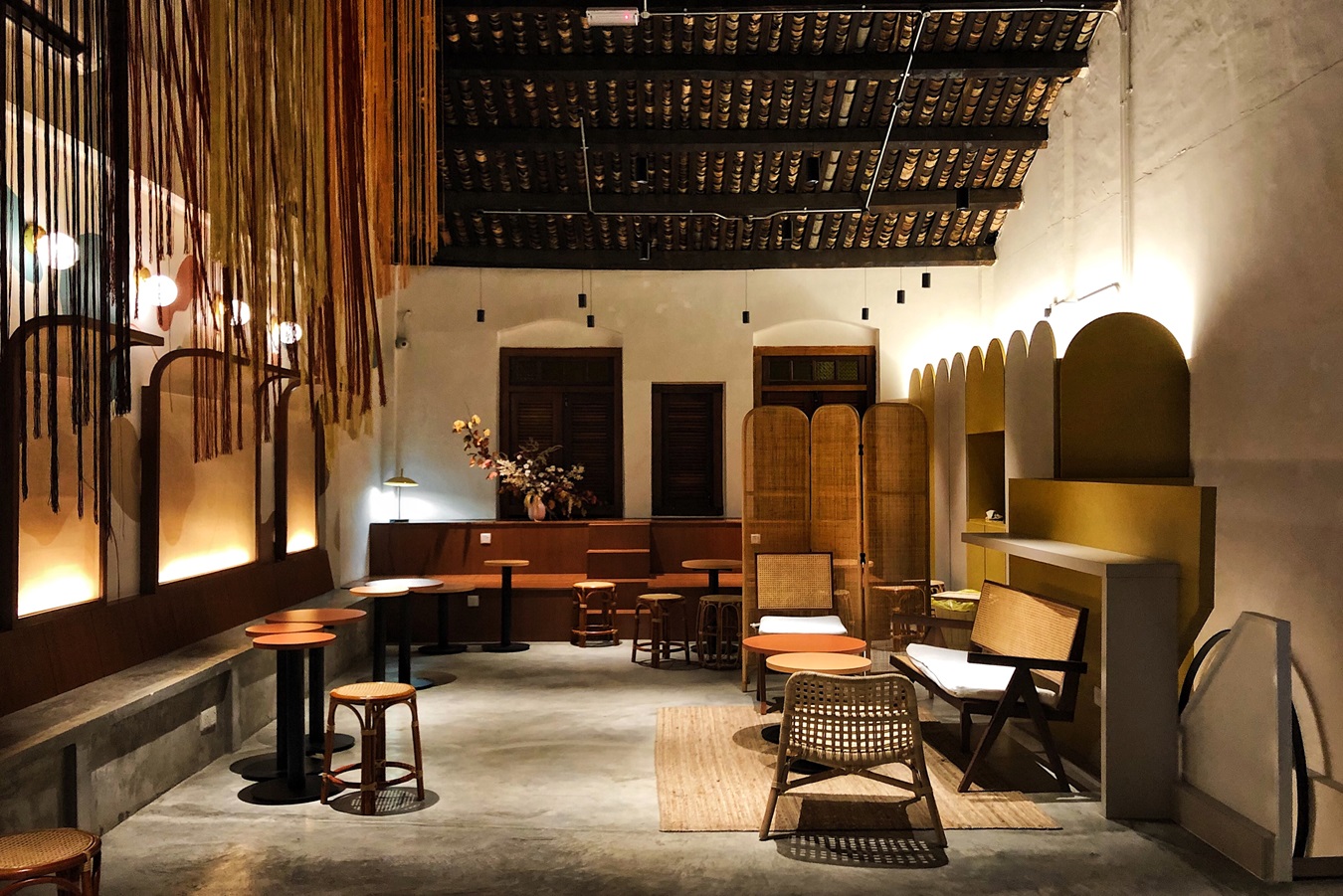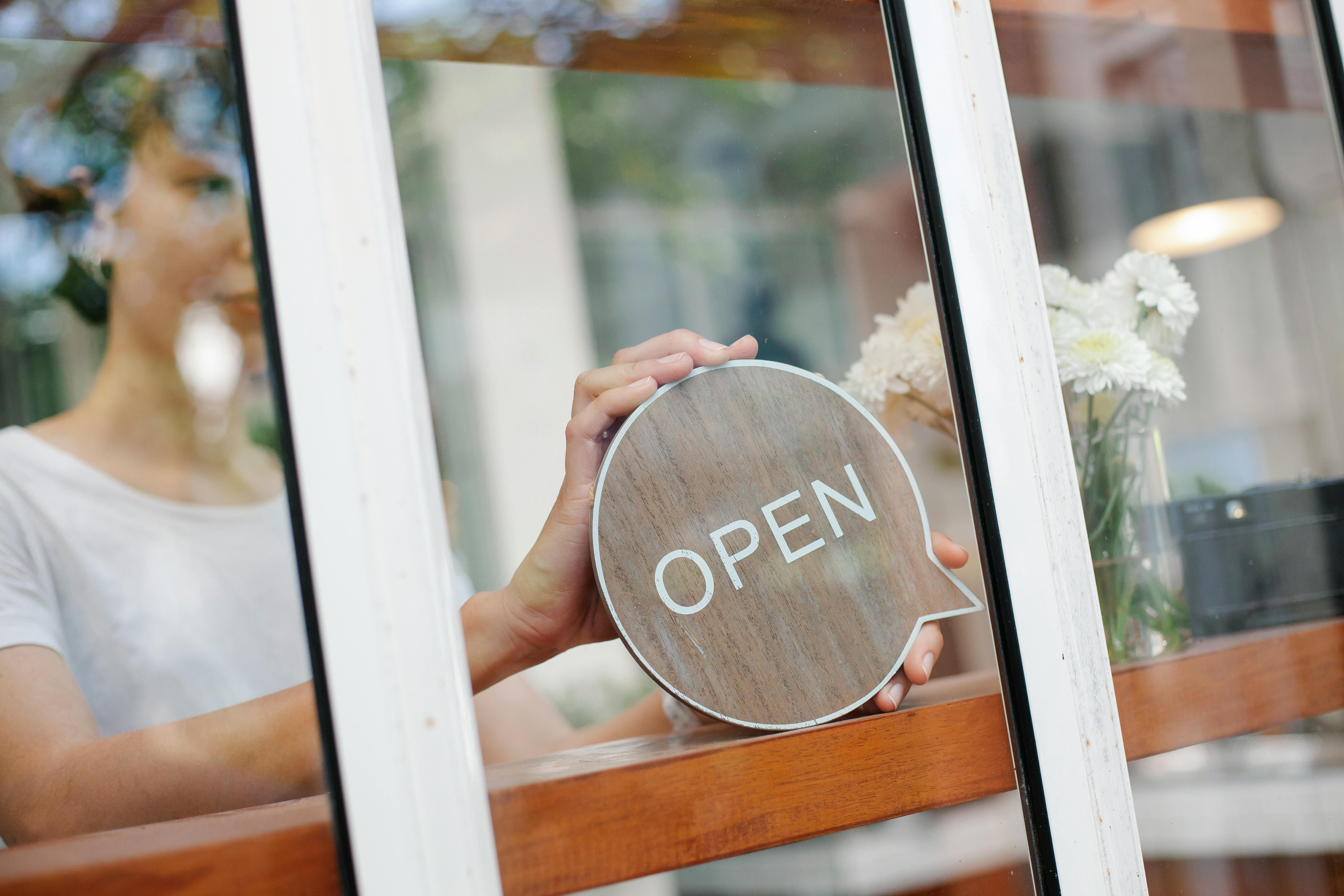 SHARE
SHARE
Coffee Shop vs. Roastery: Here are the Differences that People Rarely Know
Briantama Afiq Ashari
Have you ever visited two different places that both sell coffee, but the atmosphere felt completely different?
One is cozy, with comfy sofas—perfect for hanging out or getting some work done.
The other is filled with the rich aroma of freshly roasted coffee beans, large equipment, and the hustle of production activities.
That’s the difference between a coffee shop and a roastery.
Both are essential parts of the coffee ecosystem, but they serve very different purposes.
Let’s dive deeper and get to know them better!
What is a Roastery?
Before coffee reaches your cup, there’s a crucial behind-the-scenes process: roasting raw coffee beans. This process happens in a roastery.
A roastery is a place where green coffee beans are roasted to bring out their desired flavor profiles.
This is where a coffee’s character—its acidity, strength, and aroma—is carefully developed.
Roasteries typically aren’t designed for hanging out. Their primary function is production.
In fact, many roasteries also handle exports of roasted beans to international markets.
Think of it like a kitchen in the culinary world— the roastery is the main kitchen behind every delicious cup of coffee.
Read More: Understanding the Jigger and Its Types for Precise Measurements
Coffee Shop: A Place to Hang Out and Enjoy Coffee
Many people still think a coffee shop and a roastery are the same thing—but they’re actually quite different.
While a roastery focuses on the process of making coffee, a coffee shop is where you enjoy the final result.
Here, you can sit back, chat with friends, have casual meetings, study, work, or simply admire a beautifully crafted latte art while listening to music.
The interior is usually designed to be cozy and inviting, so you’ll want to stay a while.
If a roastery is the kitchen, then a coffee shop is the dining room.
In short:
- Roastery = coffee production
- Coffee shop = coffee enjoyment and social space
A Roastery is More Than Just a Place—It’s a Story
Source: Freepik
If you're a coffee enthusiast or even thinking about starting your own coffee business, visiting a roastery is definitely worth it.
At a roastery, you get to see firsthand how coffee beans are selected and sorted, how they're roasted—changing in color, texture, and aroma—and how different roasting techniques create unique flavor profiles.
Many roasteries also host workshops or cupping sessions (coffee tasting) to educate the public. Here’s what you can learn:
- The types of beans, such as single origin
- Processing methods like natural, honey, or washed
- Roasting techniques and how they deeply influence the final taste of your coffee
Read More: Barback vs. Bartender: This is the Difference You Must Know!
Roastery Business: More Than Just Production—It’s a Value-Driven Investment
Lately, more and more culinary entrepreneurs are turning their attention to coffee roasteries. Why?
Because compared to simply selling coffee, owning a roastery offers significantly greater added value.
With your own roastery, you gain independence and full control over the flavor of the coffee you serve.
It allows you to maintain product consistency, build a distinct flavor identity, and strengthen your brand—even opening the door to future franchise opportunities.
If you're aiming to build a strong coffee brand or dream of launching a franchise, having a roastery is like laying the foundation.
It’s also an essential first step if you’re serious about navigating the coffee industry from bean to cup.
Roastery Plant: The Foundation of a Coffee Business
A roastery plant is the heart of all post-harvest processes—where raw beans are transformed into ready-to-ship products.
Key activities that take place here include:
- Coffee bean sorting
- Quality testing
- Roasting
- Packaging
Many well-known coffee brands began in small-scale roasteries.
It was from there that they discovered the unique characteristics of their beans, crafted their product stories, and built strong brand identities.
Starting small is not a problem—as long as you understand the production flow.
With that knowledge, you can manage costs effectively, maintain quality control, and ensure consistent flavor in every cup.
Coffee Shop and Roastery: Two Complementary Elements
Rather than seeing a coffee shop and a roastery as two separate entities, it’s more accurate to view them as complementary forces.
- The roastery is where flavor is crafted
- The coffee shop is where the experience is delivered.
Today, many coffee brands choose to combine both in one location—creating a roastery café concept. Still, each has its own role, challenges, and operational focus.
So, before diving into the coffee business, ask yourself:
- Do you want to focus on running a café and delivering customer experiences?
- Or are you more interested in developing production and bean distribution?
Understanding your direction early on will help you build a stronger, more strategic business foundation.
Conclusion
Now that you understand the difference and the roles of coffee shops and roasteries, it’s time to talk about management.
Because no matter how small your coffee business is, you still need a system that’s neat, reliable, and efficient.
That’s where ESB POS comes in. If you’re just starting a coffee shop, ESB POS is the perfect solution for you.
Even when your internet connection is unstable, the app still runs smoothly—your transactions stay safe thanks to local data storage.
Ready to level up your coffee business? Use ESB’s smart solutions and feel the difference yourself. Contact the ESB Team today!
 SHARE
SHARE




